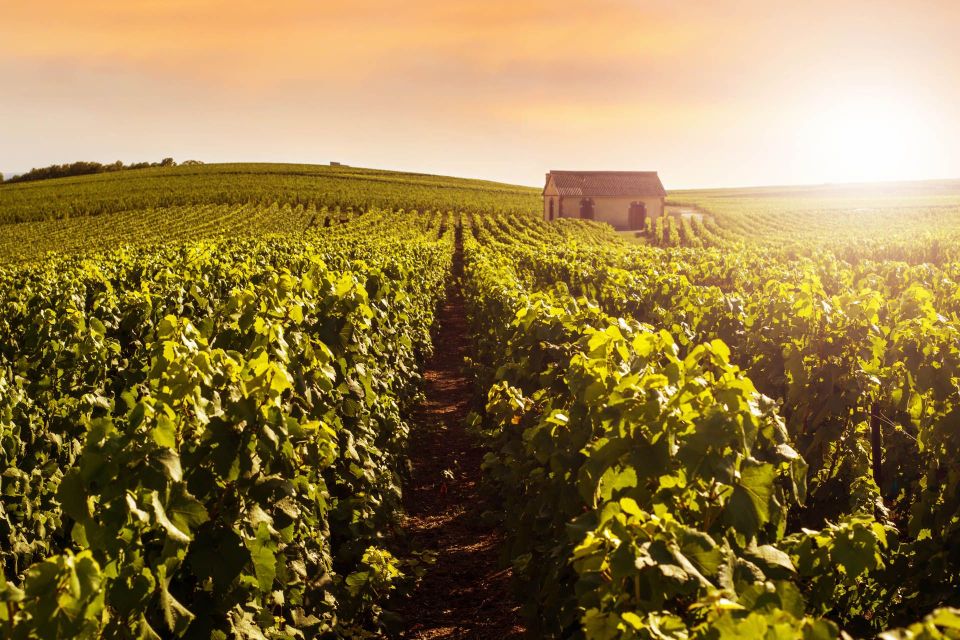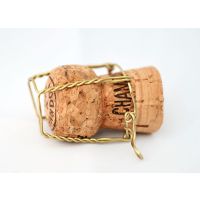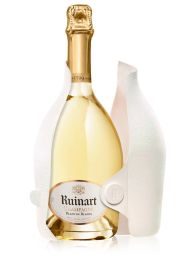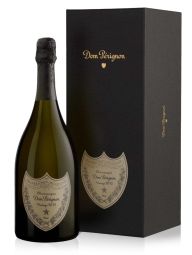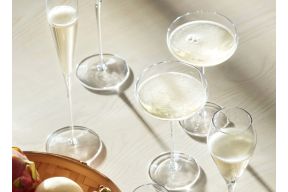Have you ever wondered about the history of Champagne? How did the fruity effervescent wine come to be, and who invented Champagne? Was it the French monk Dom Perignon, or the English scientist Christopher Merrett?
We all love a glass of bubbly. Whether it’s for a wedding, a date night, a promotion, or just making a Friday night that little bit extra special, Champagne is the luxurious drink of choice that adds sparkle to any occasion. But just how was Champagne invented and how did it become our favourite celebratory tipple? Let’s find out.
Table of Contents:
When was Champagne invented?
Vineyards and wine-making have existed in France’s northeast Champagne region for hundreds of years. Although still Champagne wine was popular across France and Europe as far back as the 13th century, it wasn’t until the 17th century that the sparkling version of Champagne made an appearance and started to gain favour. So, where did this sparkling Champagne originate and how did it become so popular? Well, like most great inventions it was a serendipitous accident.
Champagne was discovered by mistake
As far back as the 1st century, Romans were cultivating vines and making wine in what was then northern Gaul and now the Champagne region. By the 9th century, Champagne's association with the coronation of French Kings in Reims Cathedral made the regional wine popular across France. By the 13th century, still Champagne was being sold to English, Spanish and Italian merchants. Its popularity soon spread across European markets.
Although the winemakers of Champagne were highly accomplished at producing quality wine, the region was well-known for being plagued by very cold winters. When temperatures reached a freezing level, this would halt the fermentation process. When the temperatures warmed up again in summer, a secondary fermentation would occur inside the bottle. This caused carbon dioxide bubbles to form in the wine, creating the fizzy texture we now associate with Champagne. The huge pressure build-up from the gas bubbles would sometimes cause wine bottles to explode, leading them to be nicknamed le vin du diable or “the devil’s wine”.
Although considered faulty by local winemakers, the sparkling wine that survived was seen as a bit of a fun novelty and became more popular amongst French royalty in the late 17th century. This eventually led to the creation of the Champagne houses we know and love today.
Dom Perignon, the Father of Champagne
Dom Perignon is a name synonymous with Champagne. The French monk and cellar master is often credited as being the inventor of the effervescent wine. Legend has it that back in 1693 upon first tasting the (technically) spoiled sparkling wine he exclaimed “come quickly, I am tasting the stars!” and made it his mission to find a way to bottle the fine fizzy wine.
Whilst a romantic story, it’s almost certainly not true. It’s believed to be an embellished marketing campaign started in the 1800s to increase the prestige of the Abbey of Saint-Vanne wine. Most historians believe Dom Perignon actually spent a lot of time trying to remove what he considered defective bubbles.
But whether he was a fan or an opponent of the sparkle, we do know that Dom Perignon pioneered many of the important techniques still used in Champagne production today:
- He first made Champagne out of black grape varieties, including pinot noir, the key grape varieties that are still used today.
- He created the traditional second fermentation process, or méthode champenoise.
- He first used corks with hemp, to stop the wine bottles from exploding. The muselet wire cage was later added by French inventor, Adolphe Jacquesson, to seal the bottles more securely.
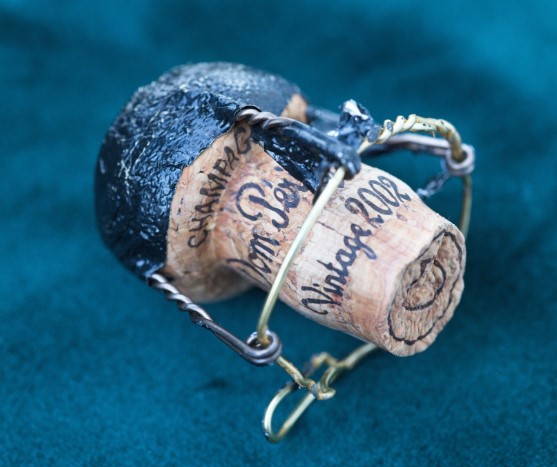
Christopher Merrett
Although a slightly less enticing and controversial origin story, it’s widely believed that sparkling wine was invented by an Englishman 30 years before.
In 1662, Christopher Merrett, a scientist, physician, and metallurgist submitted a paper to the British Royal Society. This paper was the first official document explaining the process of making carbonated wine. Merrett described an English wine that was fortified with sugar and molasses that created a lovely bubbly texture.
This sparkling English wine was seen as a triumph and the English sought to deliberately produce and bottle it. As the English used much heavier, sturdier wine bottles, they were able to prevent explosions and were much more successful in storing the sparkling wine.
So, although Dom Perignon can certainly take credit for some of the famous Champagne techniques, history tells us that it may have been an English scientist who kicked off the sparkling wine revolution.
How did Champagne become popular?
Although Champagne was originally considered faulty by winemakers, the bottles of sparkling wine that survived became somewhat of a popular novelty with French royalty. The French King, Hugh Capet, famously served Champagne wine at official Royal dinners at the palace. By the early 18th century, the Duke of Orléans had made it the drink of choice amongst the French elite.
With its growing popularity, new Champagne houses were established to meet the demand for fine sparkling wine. Ruinart was first to open its cellar doors in 1729, with Taittinger (formerly Forrest Fourneaux) following in 1734. Moet opened soon after in 1743, Lanson (formerly Delemotte) then in 1760, Louis Roederer (formerly Dubois Père & Fils) in 1770, Veuve Clicquot in 1772 and Heidsieck in 1785.
Since the days of the early Champagne houses, the appeal of the bubbly wine has continued to grow, and it’s now a hugely popular drink across the globe. Its association with royalty and high society continues to this day, and Champagne is still a drink synonymous with luxury, opulence and celebration. Champagne brands sponsor many famous international events like Wimbledon, Formula 1, the BAFTAs and Royal Ascot, adding a touch of class and luxury to these famous occasions.
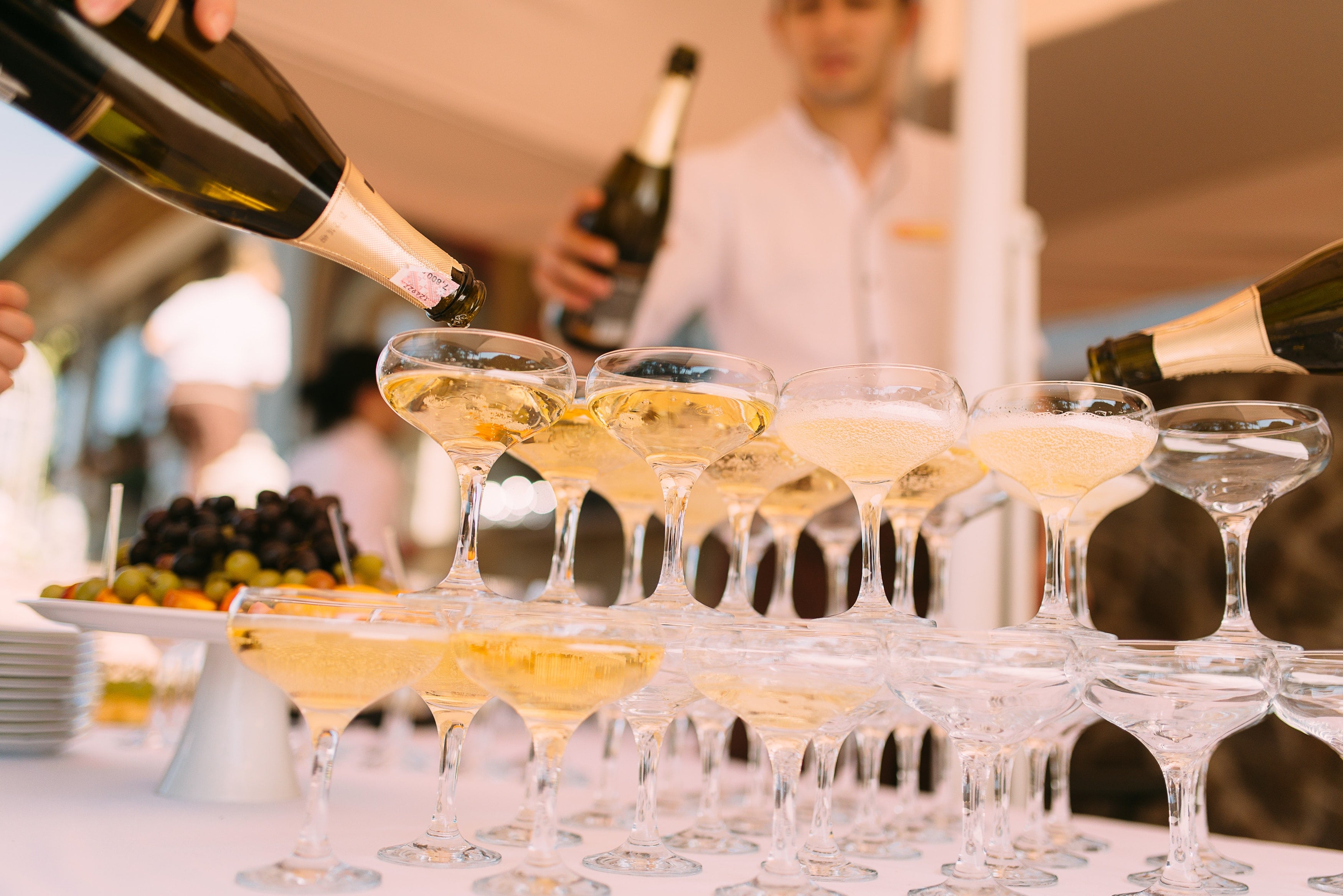
So, to summarise...
Whether we have the Romans, French monks, French kings, or English scientists to thank, they all contributed in some way to the creation of the delightful sparkling Champagne we all love today. The traditional production methods, the sturdy wine bottles and cork stoppers are all still quintessential components and Champagne continues to be a truly unique, exciting and elegant celebratory drink.
Ready to pop open a bottle and toast to the inventors of the fine effervescent wine?

